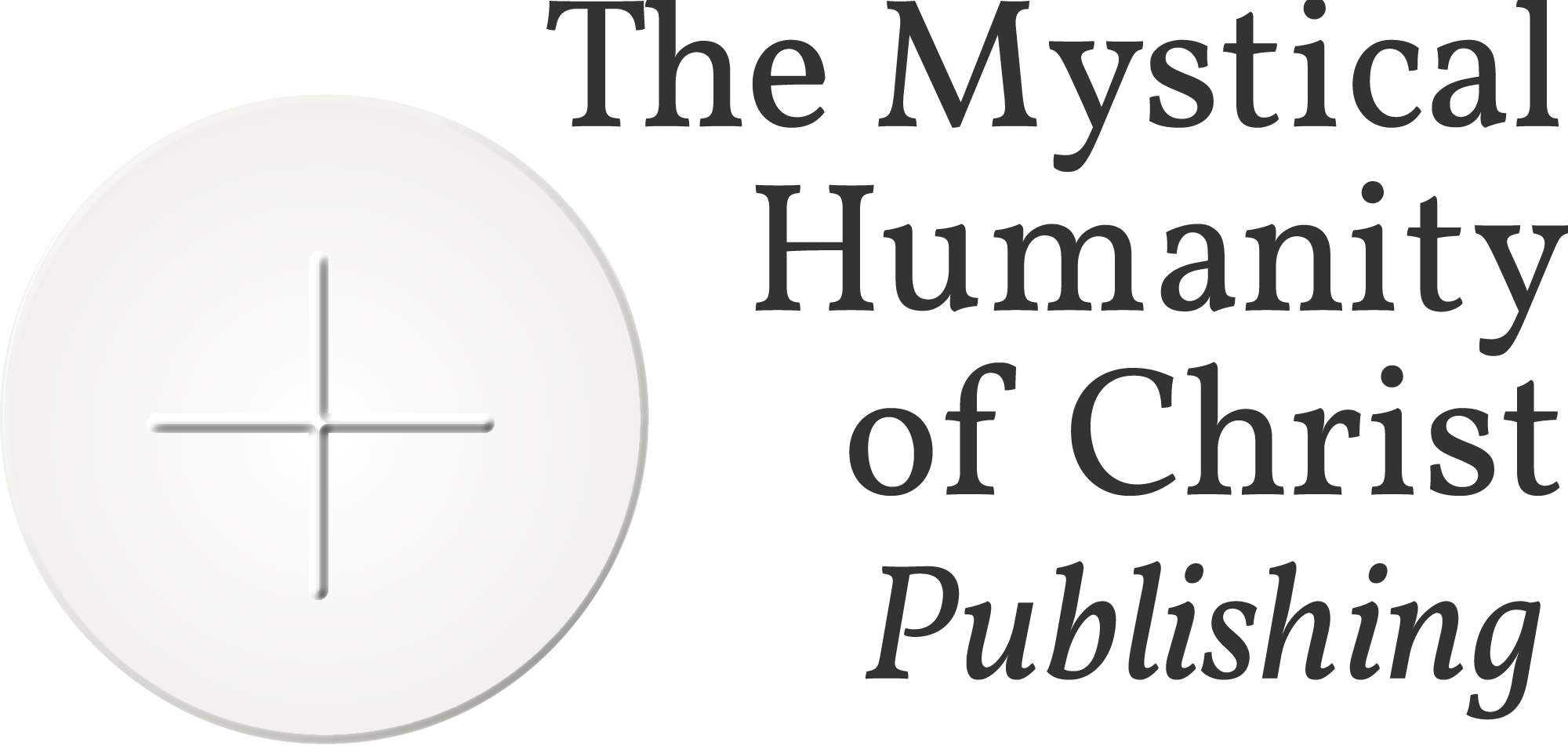
Katherine Prezioso
Why Catholics Should Read Unsettling Literature
[I would highly recommend reading the short stories “A Good Man is Hard to Find” and “Good Country People,” by Flannery O’Connor, before reading this essay, as I had to spoil them quite a bit. They are both very short!]
With the dawning of October, stores, restaurants, and libraries suddenly explode in a flurry of bats, cobwebs, witches’ hats, and cheap, plastic gravestones—"spooky season” is upon us. Twenty-foot skeletons (thanks to Costco, even skeletons can be super-sized!) and animatronic witches and goblins roam neighborhoods, Halloween costumes are prepared, and scary movies and books are queued up.
As Christians, there is not much value for us to find in spooky season’s glorified and silly grotesque and creepy characters. However, this is not because Catholicism shies away from these creepier topics—in fact, our Church puts an emphasis on many of the aspects of spooky season, albeit in a different light, in order to help Her children keep in mind the sobering reality of our own mortality and the role of darkness in the world. Traditional depictions of St. Jerome, St. Mary Magdalene, St. Francis of Assisi, and St. Thomas Aquinas (among others) show these saints holding or posed near a human skull. This is not because these saints really resonated with “Halloween-core” interior decorating or because they thought the creepiness was cute, but to serve as a reminder of the reality of death and the importance of fighting against the powers of darkness, while there is still time. It is not because Christians do not believe in evil that we do not want waving witches or chuckling goblins in our yards, but because the devil is so real and so active in our personal lives and the world at large that we shudder to think of these things being treated as mere entertainment. To see the devil’s work, evil and darkness in the world, as benign and amusing is a dangerous stance to take in the epic battle for the eternal resting place of your very soul. We needn’t live in fear when we remain in a state of grace—Christ has won the victory for us! —but neither should we be dismissive of these powerful realities.
Much of the same can be said of the “spooky” media we consume, particularly in the realm of literature. Although unsettling, there are many works of literature that serve as powerful reminders of the reality of darkness, grace, and redemption. While we do not want to mire ourselves in the glorification of darkness or diminishing it to just silly creepiness, we also do not want to lose sight of these realities and how they affect us and the world around us. In literature, as in art and décor, we should turn away from an empty understanding of darkness and towards one that points to eternal realities. However, this does not mean that we must avoid all literature that includes disturbing elements.
“To the hard of hearing, you shout, and for the almost blind, you draw large and startling figures,” Flannery O’Connor once said in reference to her work. For any reader of O’Connor’s stories, some figures fitting this description will come to mind: the murdering Misfit and the hypocritical Bible salesman, among others. Their evil is obvious: murdering a family of six or stealing a girl’s wooden leg are easily condemnable. But what about the manipulative and selfish grandmother, who is, in fact, the reason her family finds themselves in the neighborhood of the Misfit? Or the arrogant and superior Hulga, who sees herself as so far above a simple Bible salesman that she can’t see the danger she is in until it’s too late?
Flannery’s stories expose the darkness in the world, but they also hold up a mirror to our own faces as the masks slips away, revealing the sin and darkness within ourselves. Hulga and the grandmother’s flaws fly off the page too, but they are softer, more acceptable, less bloody. And yet, these insidious, and rather common, temptations to pride, manipulation, hypocrisy, selfishness find realization in us all. Very few of us will become roving murderers, but all of us will, at one time or another, act out of these duller sins.
However, the genius of O’Connor is that she doesn’t stop there. Although it can be harder to see, there is always “a moment in every great story in which the presence of grace can be felt as it waits to be accepted or rejected even though the reader may not recognize this moment,” as Flannery said. This often comes as “dark grace,” as she put it; as a choice given in a disconcerting or violent moment. Sometimes the choice is taken in the pages of the story, sometimes it is left ambiguous. In the last moments of the grandmother’s life, she finally sees clearly out of her selfishness and reaches out to the Misfit as to one of her own children. The Misfit later sums her up by saying “She would have been a good woman, if there had been somebody there to shoot her every minute of her life.” In her case, she accepted the “terrible speed of mercy.” For Hulga, Flannery ends her story before she must make her choice: having tumbled from her high and mighty throne, stripped of the thing she held most dear, and left vulnerable and humiliated, will she accept this grace, see her shortcomings, and humble herself? Or will she dig her heels in, becoming more enmeshed in her own pride? The choice is hers, but I shudder to think what I might choose.
This is certainly not to say that all books with dark elements are enriching to our spiritual lives—not at all! And at times, it can be difficult and not a little murky to discern which books are worth reading and which are better bound for the trashcan. There are some that will come down to personal taste, temperament, and sensitivity. Not every book that is worth reading is necessary to read, so know yourself and choose wisely. Nevertheless, there are some broader characteristics that we can look for when trying to decide if a book is dark for darkness’ sake or unsettling but edifying:
1. There is a delineation between good and evil. This can perhaps be the murkiest in literature read by adults (you’ll want this line to be pretty crisp and clear in books to be read by children), especially if it is a book that deals in realistic human characters. After all, even the best among us will do wicked things at times. Still, it is important that:
2. Darkness and evil acts are never glorified. They may exist, they may even be done by good characters, but they are always reprehensible.
3. There is, at least, the possibility of redemption.
Unnerving literature can be profoundly formative and illuminating as it unveils the darkness in the world, within ourselves, and gives us a picture of the reality of grace. Be wise and discerning, but do not dismiss a book simply because it has dark elements.
In Catholic circles, Flannery is paramount, though there are, certainly, other examples of unsettling and edifying literature. Not all are written by Catholics, of course, although we do have such a glorious understanding of the reality of darkness, memento mori, and that “terrible speed of mercy”! While I would not dare attempt to make an exhaustive list, a few examples will suffice: Dracula, with its triumphant victory of good over a repugnant evil; Wuthering Heights, with its moors and angst and wicked character who repeatedly chooses evil to the detriment and destruction of those around him; The Loved One, with its withering, albeit hilarious, condemnation of a society more wrapped up in appearances than anything meaningful; The Picture of Dorian Gray, with its crystal clear moral cautionary tale (despite what Wilde may claim in his preface!). Any of these, and many more, would provide you a thought-provoking antidote to the vapidity of “spooky season.”
As we are bombarded this October with symbols of darkness used as entertainment, let us fill our minds and hearts with reminders of the reality of the forces of darkness and the promise of light and salvation found in Christ! Happy reading!




Comments